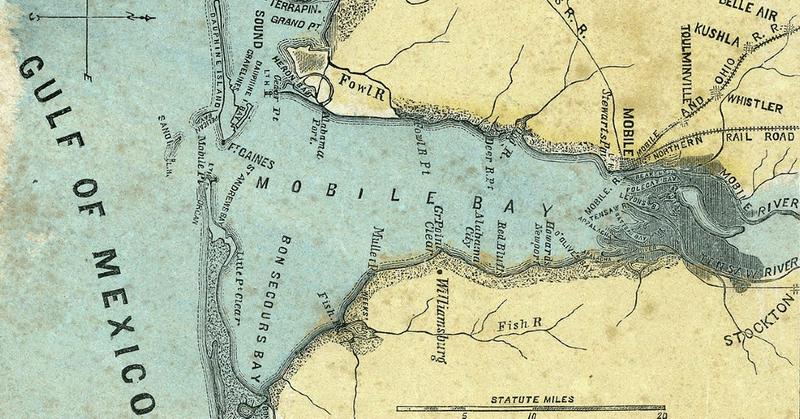Madoc, The Welsh Prince Who (Maybe) Beat Columbus To The New World
By | January 3, 2022

The legend of Christopher Columbus as the first European explorer to set foot on the American continent has proven inaccurate in light of evidence that others, like the Vikings, made the journey to the New World long before. There is a lesser-known legend, however, that a disgruntled Welsh prince named Madoc crossed the Atlantic some 300 years before Columbus and brought settlers into modern-day Alabama.
Who Was Madoc?
Madoc was an illegitimate son of King Owain, born in 1150 at Dolwyddelan Castle. According to Welsh law, illegitimate children had a right to the line of succession, but as one of the king's younger children, Madoc had a plethora of brothers ahead of him. That was fine by him, as he was said to have been disheartened by the violence and greed that plagued his family. It was supposedly one factor that led him and one of his brothers, Riryd, to literally chart their own path. Along with their crew of nearly 100 men, women, and children, they sailed two ships, the Pedr Sant and the Gorn Gwynant, from the coast of North Wales into the vast Atlantic Ocean in 1170.
Most accounts of the Madoc legend claim that the Welsh prince sailed around the tip of Florida and landed in Mobile Bay in present-day Alabama, though other researchers have suggested he could have landed in Rhode Island, Nova Scotia, Virginia, the Yucatan, Florida, Newfoundland, or Panama. Wherever it was, Madoc described it as lush and fertile with an abundance of resources. He, his brother, and their crew began carving a colony in the wilderness, and once it was established and thriving, he and a handful of the settlers returned to Wales to gather more supplies and recruit more settlers to join the colony. Madoc's stories of the wild paradise across the ocean soon spread across the land, and he used his sudden fame to secure a fleet of 11 ships and about 120 additional travelers for his journey back to the New World. No one ever saw Prince Madoc, his brother, or the other Welsh colonists ever again.

Did Madoc Really Discover America?
Thanks to a few epic poems, Madoc and his exploits were well known by the late Middle Ages, though there is little evidence that he ever made the journey at all. Early European explorers uncovered signs of Welsh activity, such as the Mandan tribe's remarkably similar language and use of coracles (an ancient style of boat common in Wales) instead of canoes as well as skeletons wearing brass armor depicting the Welsh coat of arms, but such claims are anecdotal at best. Still, when Spain tried to claim all of America as their own territory by insisting that it was discovered by Christopher Columbus, Queen Elizabeth I cited the legend of Madoc as proof that the Welsh got there first, thus giving Britain control of the newly discovered lands.

